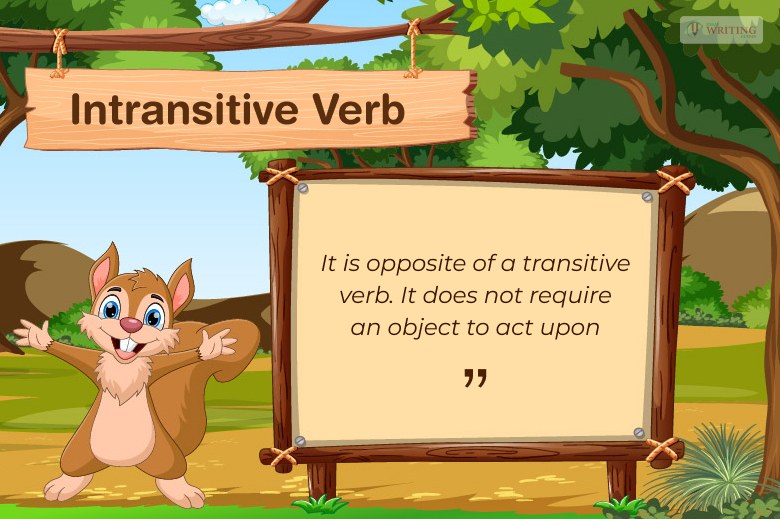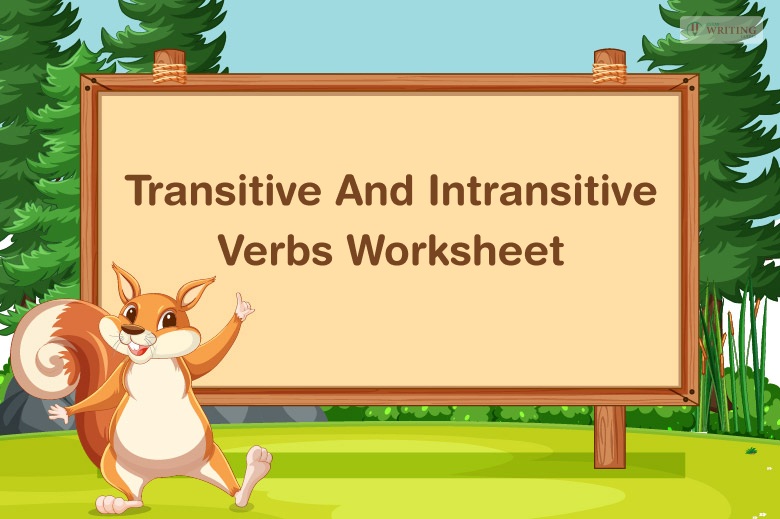Young students often find it difficult to understand the difference between transitive and intransitive verbs. As a result, describing a verb as either transitive or intransitive is more difficult for them.
However, it is simpler to understand than it may seem. Both verbs can be described based on their need for an object to describe a complete thought or idea. A large group of people often make the mistake of relating the two types of verbs to the word transit.
They assume that the verb is about being active or inactive. However, it has nothing to do with a verb being active or inactive. A transitive verb is concerned with sending its action to a person or an object.
How To Identify Transitive And Intransitive Verbs?
Here is a complete explanation to help you spot the difference between transitive and intransitive verbs. We will start with Transitive verbs.
How To Spot Transitive Verbs In A Sentence?

A transitive verb will always require an object to receive an action. A transitive verb is always in demand of an object. They seem incomplete without one. You can look at the below example for an explanation –
Please discuss the rules.
The verb in this sentence is the word discuss. This verb has an object which is the water. The sentence will seem incomplete without the object following it. For example, it is hard to make sense of the sentence “Please Discuss” without an object like “the rules.”
The listener or the reader needs to know what is there to discuss. The verb discuss remains incomplete without the object “the rules” in this sentence. A transitive verb like “discuss” requires an object to complete the meaning of the sentence.
Here are some examples of sentences containing transitive verbs.
- He addressed my problem.
- Oliver offered me some tea.
- She gave him a towel.
- We bring the mattress every day.
- Jacob threw away his collar.
You can trace the transitive verbs in each of these sentences. All of these examples have an object to complete the sentence’s meaning. Taking the object away from the sentences will make them meaningless or incomplete.
For example, if you take away “my problem,” the object from the first example, the remaining part of the sentence, “he addressed,” becomes incomplete. It makes you question, “what did he address?”
To understand the difference between transitive and intransitive verbs, you also have to know how intransitive verb works. You can find the explanation and the examples below–
Read more: What Are The 5 Letter Words With No Vowels?
How To Identify Intransitive Verbs?

The intransitive verb is completely opposite to a transitive one. They don’t require an object for the verb to act upon. They also don’t remain incomplete without an object. For example –
- He smiled.
- The thief ran.
- We sang
- They died
- Ronny Sneezed.
You can see that there is no object in these sentences. Yet, they don’t seem to make the sentence incomplete. Evidently, intransitive words can make a complete and meaningful sentence without the use of an object. Sometimes, these verbs can also be used as complete sentences. For example, do you remember that Ed Sheeran song?
Sing!
There was another meme where you could hear someone say–
Run!
So, you can see that these intransitive verbs can act like independent sentences.
On top of that, some intransitive verbs don’t make sense with an objective. Funny! Don’t you think? Yes, it is possible, and two examples of such intransitive verbs are –
- Arrive
- Die
For example, you cannot die something or arrive at something. These verbs will not make sense with an object to follow them.
Read more: “Truely or Truly” – What is The Difference Between Truely and Truly?
Transitive And Intransitive Verbs Worksheet

I think now you understand what transitive and intransitive verbs are. Here is a worksheet to help you practice. You have to identify the verb and write whether it is a transitive or intransitive verb and fill in the blank space with the information.
- Robbie flew a kite ____________
- She passed the sheet of paper ____________
- Cheetah runs fast ____________
- They eat pineapple ____________
- Lilith reads the book ____________
- My bag was lost ____________
- I addressed the problem ____________
- She threw the book at me ____________
- Airplanes fly ____________
- Mom gifted me a fidget spinner ____________
Read more: Top 10 Types Of Writing Styles
Bottom Line
Sometimes some verbs can be used both as transitive and intransitive verbs. But it depends on how they are used within a sentence. Verbs like “sing” and “leave” can be used as both transitive and intransitive. As you have seen previously, the word sing can be used as a complete sentence.
- Rina sang the national anthem.
- He left the book on the table.
The verbs “sang” and “left” can be used as intransitive verbs. But, if they have an object like “the national anthem” in the first sentence and “the book” in the second, they can be identified as a transitive verb. I think you have found the answer to your query. You can put down the answers of the worksheet in the comment.
Read Also:
- Greatful or Grateful? Correct Spelling for your Thank You Note
- Virtual Writing Tutor 101: Best Features, Plans, Pros, Cons, Reviews
- Bought vs brought | Know The Difference and When to Use Those words
